](https://www.dropbox.com/s/y1aju6w749c277l/IMG_1587.jpg?raw=1)
John Foulk and his wife, Martha Morrow, were the pioneers who broke ground on our little bit of Illinois prairie and ultimately built the house we think of as our Homestead. They were also my Great-Great-Great Grandparents. The entry that follows is meant to capture and reflect what is known about him and his life. In addition to being a blog entry, a more permanent entry will be available on the site here, and that will be updated and revised as information and providence allow.
John Foulk was born on June 14, 1822, in Bradford County, Pennsylvania, to Daniel Foulk and Susan Harsher.
He moved from Pennsylvania to Wayne County, Ohio with his parents. The age at which this occurred is unclear, but he appears to have been young at the time. Records indicate that he worked as a farmhand as a boy in Ohio because his father was "in limited financial circumstances and it was necessary that the son provide for his own support" (PPLC).
John Foulk appears to have learned a thing or two from this experience, because he "later" rented land in Ohio, cleared it, and "lived life in the pioneer style" (PPLC). Records suggest that he did well at this, and ultimately purchased 80 acres of "good land" to work before deciding to move to Illinois.
He met Martha Morrow in Ohio, and married her on November 2, 1843. He would have been 21 years of age, and she 20. They lived together in Ohio for a time, and had four or five children:
- John Henry Foulk, born 10/3/1845
- Mary Elizabeth Foulk, born 6/1/1849
- Daniel Morrow Foulk, born 7/30/1853
- Frank Albert Foulk, born 2/25/1856
](https://www.dropbox.com/s/qyc2qo4efuwtfg8/IMG_1588.jpg?raw=1)
John Henry, Mary, and Frank Foulk - year unknown, but Frank looks to be about 2 years old.
There is also a reference to a son named “Henry Foulk" noted in one of John Foulk’s obituaries, but it’s unclear whether this is an additional child, or a reference to his son John by the middle name. A second obituary says that he only had three children. The Foulk Family Bible (FFB) lists the four children above, and given that it is just about as close as we will get to a first person account, seems to be likely to be the most reliable source. The reference to three children in one obituary may reflect the early passing of Daniel Morrow Foulk, who died in January 1854, just shy of 6 months of age.
John took his family from Ohio to Illinois. PPLC suggests he purchased property in Mendota in 1850, but other records suggest he did not come to Illinois until 1856 (his youngest son, Frank, was born in Ohio in 1856). He is said to have first purchased 200 acres in Mendota, and later another 500. The land that he bought was "wild and unimproved. There were no trees or fences or buildings upon the place and every evidence of pioneer life was here seen" (PPLC). Indeed, the settlers who moved to the area before him had mostly settled in the woodland groves along the waterways, preferring the shelter and abundance of the forested land to the windswept prairie.
He may have lived in Mendota for a period of time before moving his family out to the Homestead. In moving out to the Homestead he appears to have brought a large supply along with him, as he moved "bringing a carload of horses and another of cattle and goods, including farm wagons, harness, etc" (PPLC). The entry in PPLC that provides this says that he "made the journey over the Fort Wayne Railroad". There was indeed a railroad system that connected Ohio to Illinois existing in the era, and one suspects this is what is referred to here, meaning that it’s a reference to how he moved his stock, supply, and equipment from Ohio to Illinois. The line from Fort Wayne appears to end at the I&M Canal in 1850, which would suggest he’d have traveled over land from Kanakakee to Mendota. That’s a day’s travel at walking speed over modern roads. Perhaps a bit less if he’d loaded his stock on to barges to take the canal from Kankakee to LaSalle.
On this trip he and Martha would have been traveling with their three surviving children, the older two at eleven and seven years of age, and the youngest who was less than a year old. Martha may have had her sister along with her - Barbara Morrow, ten years Martha’s senior, is shown as living in the home in later census records, though it’s unclear if she was along at the beginning, or joined them later. This would have been quite an adventure for John and possibly for Mary, but anyone who has traveled with an infant in modern times can imagine what this would have been like for the multiple day trek it would have involved.
Regardless, it seems they would have arrived well stocked and supplied to begin their lives on the prairie. John and Martha would have been in their early 30’s as they began their lives with their family on the Illinois prairie. He first built a small house (or cabin) on the property, set at the northeast corner, to give them a home while the Homestead was constructed. If they arrived in 1856, as seems most feasible, they would have lived in their small home for about five years before the Homestead was complete.
Materials for the home were likely hauled in from Chicago (JJ), and it would have been taken time to build. And lest we forget and think that this was simply empty, unused land, the family stories talk about Native Americans coming to their little cabin, looking in, and asking for food. They were not alone.
John Foulk made his money primarily in the raising of livestock. He had success at this, as reflected in PPLC and his obituary:
He was very successful as an agriculturist and stockman and at one time brought the best drives of hogs ever taken to Mendota being in number 111, averaging 500 pounds and brought 8¢ per pound. At another time he had on his farm 2200 sheep and in this city sold two loads of wood for $4526.00.
We don’t have the exact year that this sale occurred in, but if we assume 1865 for purposes of comparison, an online inflation calculator suggests that John’s load of sheep would have brought him over $70,000.00 in 2017 dollars. So he was doing well (and what ever happened to the days of putting this sort of information into an obituary?). Google Books allows us to know that, with respect to those sheep, he raised Spanish Merino’s (perhaps among other breeds), and that he was competitive about it. He is listed as taking "second premium" for a "pen of three ewes under two years old" at the Illinois State Fair of 1864 (this as reported in the riveting Transactions of the Illinois State Agricultural Society, with Reports from county and district agricultural societies and kindred associations, Volume V, 1861-64 - all kidding aside, Google can turn up some obscure things with a search).
In addition to these types of livestock, John Foulk was also a fancier of draft horses. PPLC credits him as having probably done "more to improve the grade of draft horses raised than any other man in the county". He is listed as an Illinois member of the American Clydesdale Association in their Clydesdale Stud Book: Volume V, published in 1890. A search today, in October 2018, finds he also shows up in later volumes, and that his name is associated with multiple hits in these books, including records of purchases and sales. One such purchase, in Volume 7, bought from Jas. I. Davidson in March of 1880, was for a horse named President 44. For fun, let me note some of the other horse names associated with him in this Volume include Jock, Daisy, Maud, Button, Lady Flora (all apparently names given by him and/or his family) and Lady of Burnside (which he purchased).
His agricultural interests ran deep, and he appears to have presented as a leader of sorts in the community. One obituary states "For years he was president of the Mendota Union Fair Association and later a director in the Mendota Fair and Agricultural Society".
He did not do this alone - he was busy and successful enough that he had hired workers assisting him, some of whom lived in our Homestead, likely in the worker’s area to the back of the house. One census record indicates that John Semens, a 22 year old Farm Laborer, and Lavina Fortney, a 21-year old woman working under the census title of "servant", lived in the home with them.
All of this suggests a man who is diligent, hard working, self-sufficient, and successful, and all of that is true. But we know he was not a perfect man. PPLC artfully states that John Foulk remarried to Jennie M. Johnson after Martha passed. This could technically be true - at this time I don’t have information to indicate when the second marriage actually occurred, if it ever did. What we do know, however, is that John Foulk took up with Jennie well before Martha passed - PPLC appears to be attempting to be artful here in how they present what must certainly have been scandalous information for its time.
Family lore (JJ) indicates that Jennie Johnson was traveling with gypsies - this not being the generic term for people who tend to move from place to place, but actual Romani peoples in the US - as an indentured servant. He is said to have traded a team of horses and a wagon for her. Charitably one could say that he was buying her freedom. It’s not clear how their intitial encounter occurred, or what his intentions were when he did this. It does appear, however, that he took her into his home with his wife and family, which would have included at least his youngest son in the home at the time. It’s also clear that he moved out some time after this, taking Jennie with him and leaving the Homestead to Frank, and that Martha also stayed behind.
This latter event is suggested to have occurred in 1880 by one of his obituaries. Martha passed away some thirteen years after that, bringing the veracity of "remarrying after her passing" into clear question. He and Jennie are said to have had two children, but that both died young. Thus far no other information about them appears to be available.
When he moved out, he moved to the "Blackstone Farm", an area of Mendota which would now likely be the southwestern end of the town (there is an elementary school by the name of Blackstone in the area). Little information seems to be available about this time in his life, though the livestock records suggest he was still active. It’s unclear whether that was at the farm out by the Homestead, at the Blackstone farm, or perhaps both.
One of his obituaries states that "in 1902 he moved to a farm one mile east of Mendota where he remained until death". It’s not clear with current information where, exactly, this was, though an obituary indicates it was in “section 34, at the east edge of the city".
John Foulk would have lived in this location for about four years until he passed away on January 18, 1907. He was survived by his partner, Jennie, his son Arthur, and his daughter Mary. Martha passed before him in September of 1903. He is buried in a family plot at Restland cemetery at the northern edge of Mendota.

References Mentioned:
- Past and Present of LaSalle County (PPLC)
- FFB - Foulk Family Bible (FFB)
- Joel Johnson (JJ) - and it should be noted that multiple other bits and pieces of information herein also likely come from my Uncle Joel - he’s an avid family historian and a delightful storyteller when it comes to family history. Many of the photos are also courtesy of Joel.
- Clydesdale Stud Book: Volume V, Published 1890
- Transactions of the Illinois State Agricultural Society, with Reports from county and district agricultural societies and kindred associations, Volume V, 1861-64
- Two Obituaries that were found as clippings online - unfortunately without any reference to the paper in which they appeared.

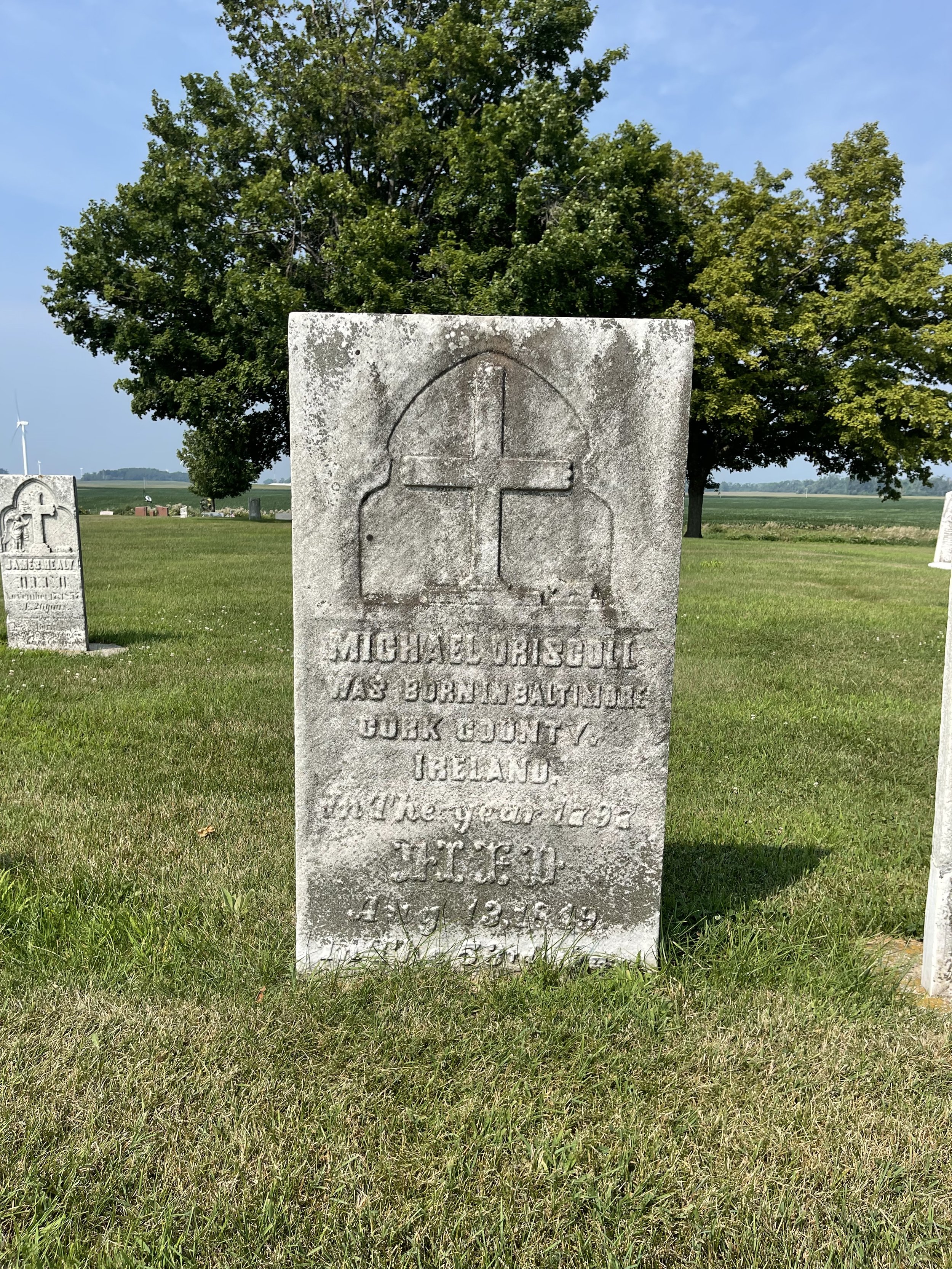
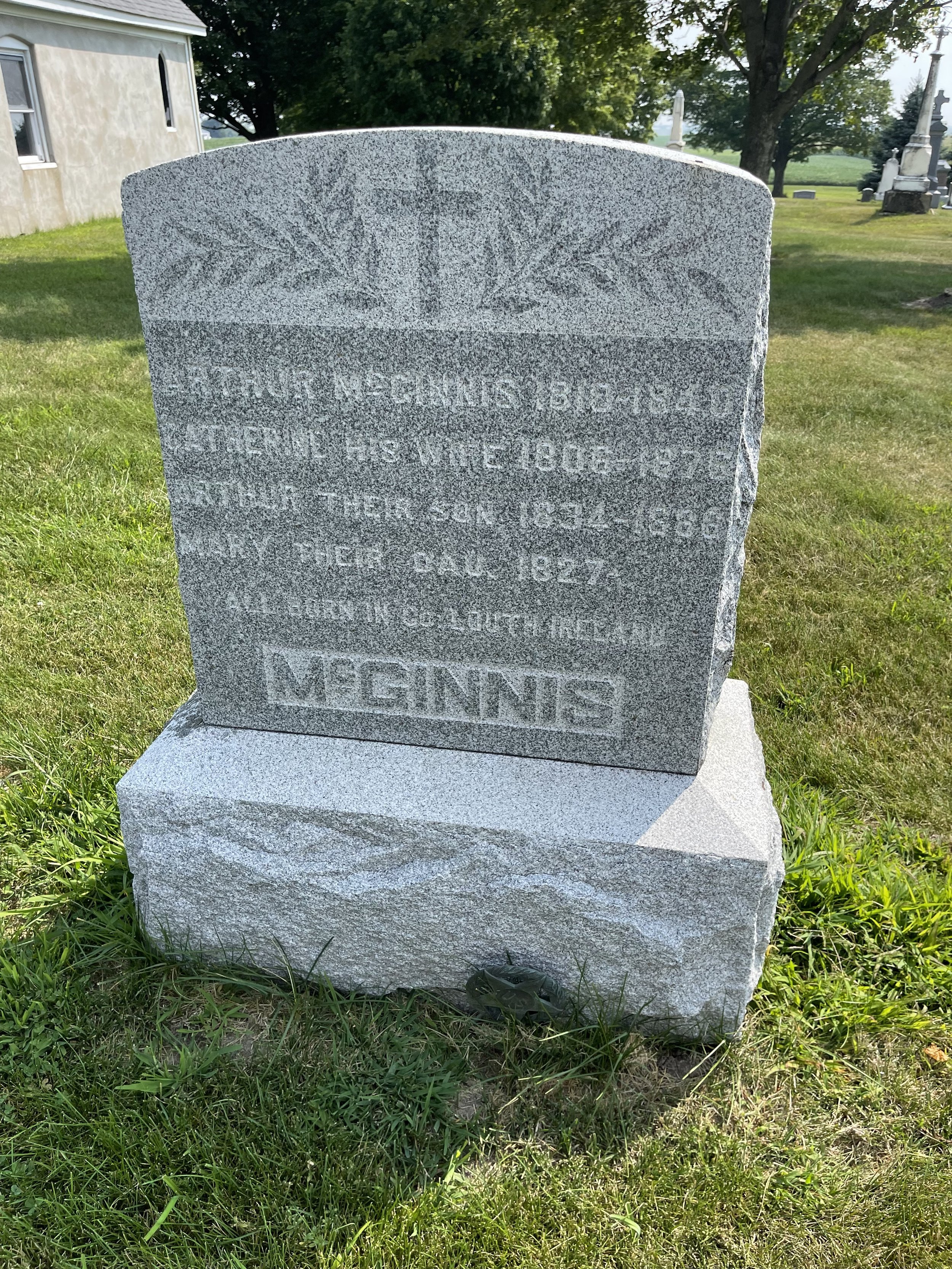


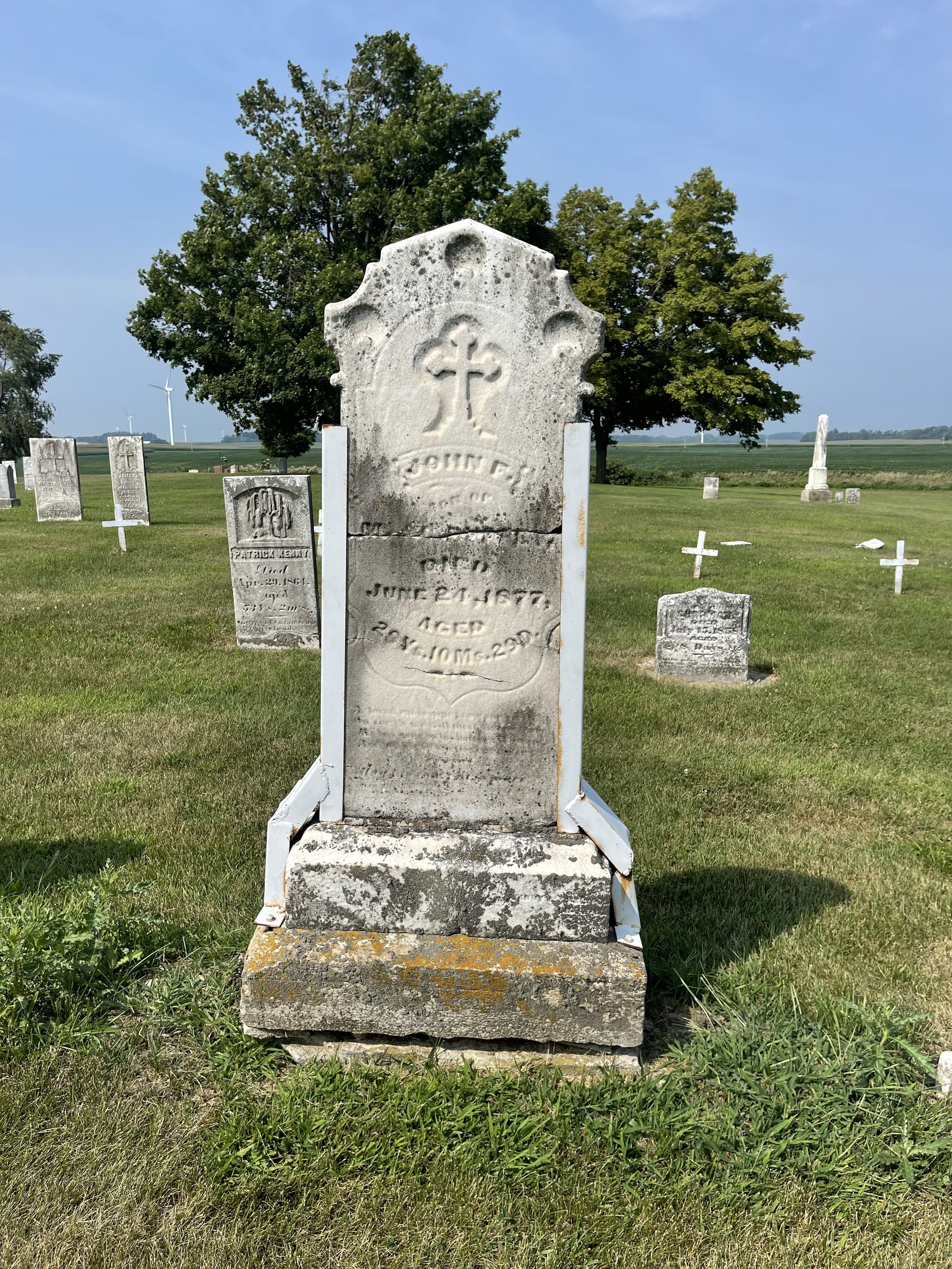




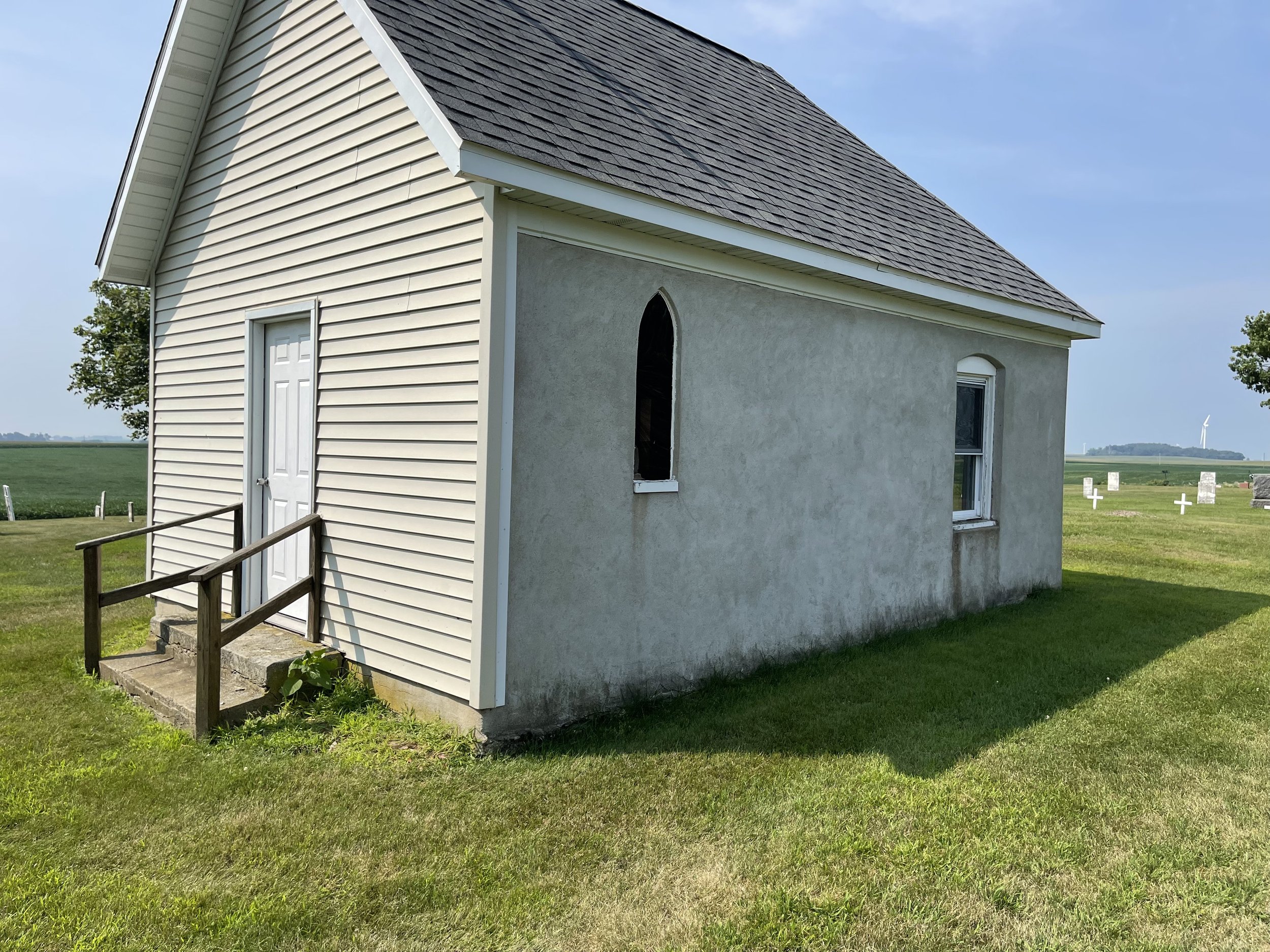

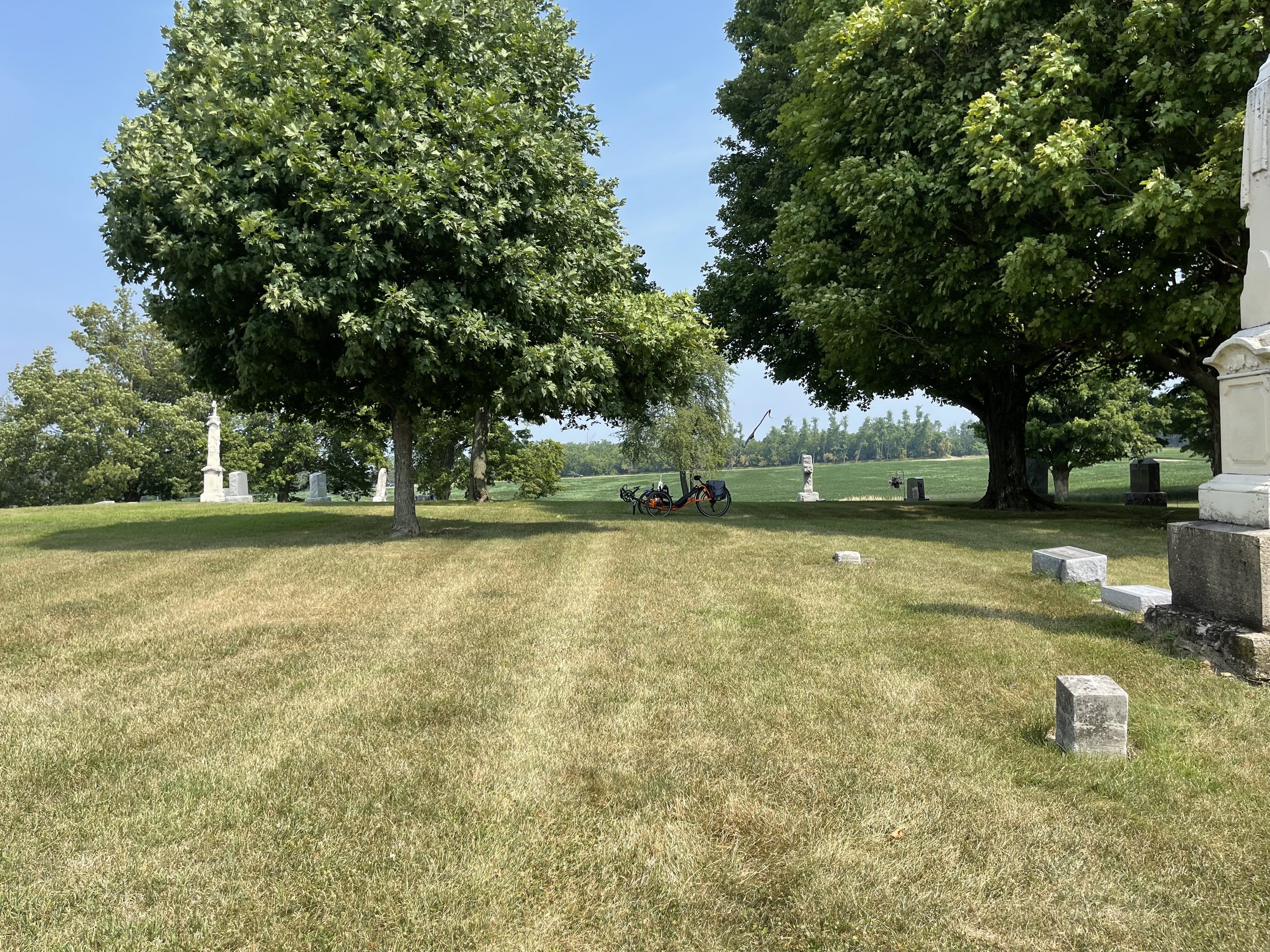
](https://www.dropbox.com/s/y1aju6w749c277l/IMG_1587.jpg?raw=1)
](https://www.dropbox.com/s/qyc2qo4efuwtfg8/IMG_1588.jpg?raw=1)










 Arriving at Lock 12
Arriving at Lock 12
 Bureau Creek below, with pilings likely from the old aqueduct
Bureau Creek below, with pilings likely from the old aqueduct  Canal is walled off above Bureau Creek...
Canal is walled off above Bureau Creek... ...Goes down this drain...
...Goes down this drain... ...and bubbles up on the other side.
...and bubbles up on the other side. 













